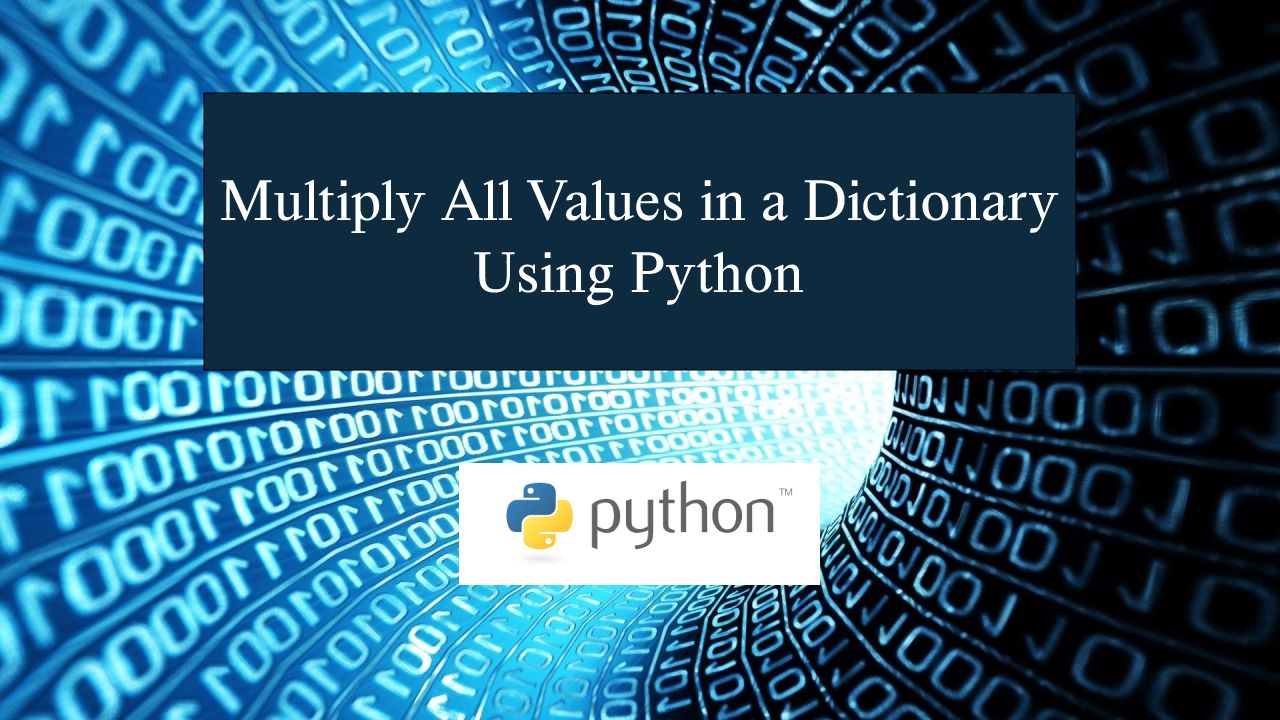Multiply All Values in a Dictionary Using Python
In this tutorial, we will learn how to program "Multiply All Values in a Dictionary Using Python." The objective is to multiply all the values in a dictionary. This tutorial will guide you step by step through the process of calculating the product of each value in the dictionary. By the end of this tutorial, you will have a solid understanding of how to implement this task effectively in Python, helping you strengthen your problem-solving abilities and improve your coding skills.
This topic is straightforward to understand. Simply follow the instructions provided, and you will complete it with ease. The program will guide you step by step through the process of multiplying all values in a dictionary. So, let’s dive into the coding process!
Getting Started:
First you will have to download & install the Python IDLE's, here's the link for the Integrated Development And Learning Environment for Python https://www.python.org/downloads/.
Creating Main Function
This is the main function of the application. The following code will display a simple GUI in terminal console that will display program. To do this, simply copy and paste these blocks of code into the IDLE text editor.- while True:
- print("\n============= Multiply All Values in a Dictionary =============\n")
- try:
- # Example: user enters values for the dictionary
- d = {}
- n = int(input("How many key-value pairs do you want to enter? "))
- for _ in range(n):
- key = input("Enter key: ")
- value = float(input(f"Enter value for '{key}': "))
- d[key] = value
- if not d:
- print("Dictionary is empty. Product is undefined.")
- else:
- tot = 1
- for val in d.values():
- tot *= val
- print(f"Product of all values: {tot}")
- except ValueError:
- print("Invalid input. Please enter numeric values.")
- continue
- opt = input("\nDo you want to try again? (yes/no): ").strip().lower()
- if opt == 'no':
- print("Exiting program...")
- break
- elif opt != 'yes':
- print("Invalid choice. Exiting program...")
- break
This program multiplies all the values in a user-defined dictionary. It prompts the user to enter the number of key-value pairs, then collects each key as a string and each value as a number. After constructing the dictionary, it computes the product of all the values and displays the result. The program repeats in a loop until the user chooses to exit.
Output:

There you have it we successfully created Multiply All Values in a Dictionary Using Python. I hope that this simple tutorial help you to what you are looking for. For more updates and tutorials just kindly visit this site. Enjoy Coding!
More Tutorials for Python Language

